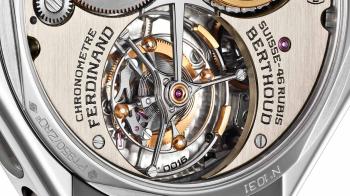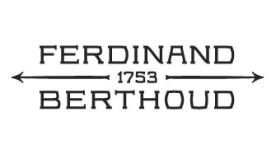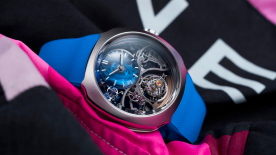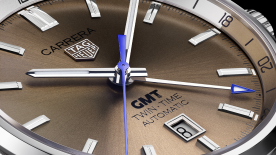Chronométrie Ferdinand Berthoud sole objective is to create the timepieces that they believe Ferdinand Berthoud would produce were he alive today. There are no other limits or constraints. Luckily for the brand, in addition to the items in Karl-Friedrich Scheufele’s personal collection of Ferdinand Berthoud memorabilia and antique timepieces, Ferdinand Berthoud himself set great store by passing on his knowledge and thus left behind a considerable body of work.
1) Construction
Like the entire movement in the FB 1 chronometer, the tourbillon is designed and constructed in a unique way. The movement is built up on pillars rather than integrated on to different bridges fixed to the mainplate. This gives a much better appreciation of its operation, since many of the components are visible without any bridges covering them. In the case of the tourbillon, the design is almost the inverse of that of a conventional tourbillon. The carriage is fixed to an arrow-head arch on the mainplate. A discreet openworked bridge fixes it in place on the dial side, revealing the seconds wheel placed on top of it that meshes with the direct-drive seconds wheel.

2) Function
In following the principles of traditional watchmaking, Chronométrie Ferdinand Berthoud considers the tourbillon as an integral part of the movement that is required for precision, rather than as an individual complication. For this reason, although there is an opening in the centre of the dial on the FB 1 chronometer, it is more to show the direct-drive seconds mechanism, in which the tourbillon drives a centre seconds wheel. This is in itself unusual for a tourbillon (where the tourbillon carriage usually acts as the seconds display) but it is just another example of Ferdinand Berthoud’s insistence on precision, since precision requires a clear display of the seconds.
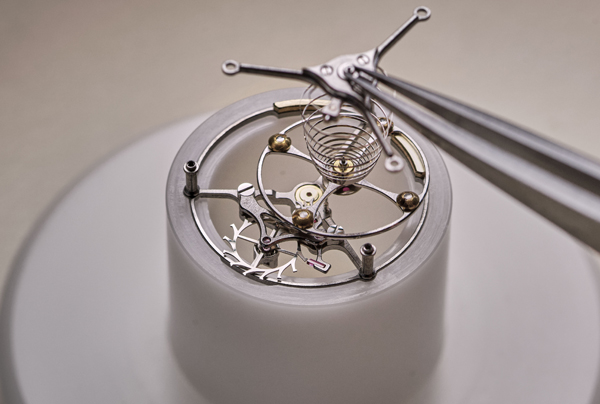
3) Size
The tourbillon is clearly visible through the sapphire crystal case back on the FB 1 chronometer, not least thanks to the large diameter (16.55mm) of its tourbillon carriage, which is around 40% larger than conventional tourbillons. Combined with the low frequency of 3Hz, or 21,600 vibrations per hour, this gives a wonderful view of the heart of the FB 1 chronometer’s precision timekeeping.
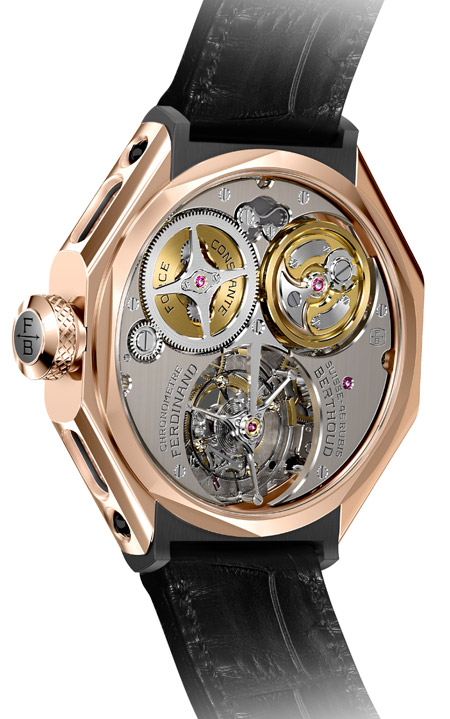
4) Balance
Like traditional balance wheels, that of the FB 1 chronometer has four weights in nickel silver positioned at the cardinal points on the balance wheel rim, which can be used to adjust the amplitude of the wheel. But tourbillon cage itself also carries two 18-carat gold weights that can me moved by several tenths of a millimeter to balance the escapement.
Coupled with a balance spring with a hand-formed Phillips terminal curve, these traits give the FB-T.FC calibre an unparalleled level of precision that is confirmed by the COSC chronometer certificate that is issued with every one of these strictly limited timepieces.

